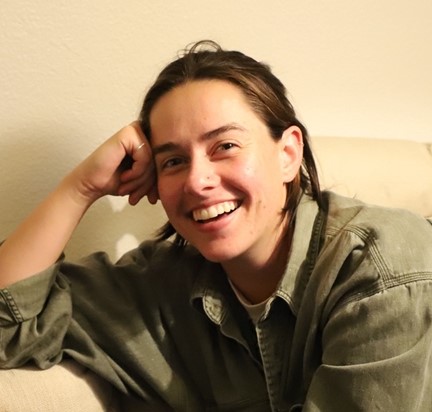Looger Lab Team
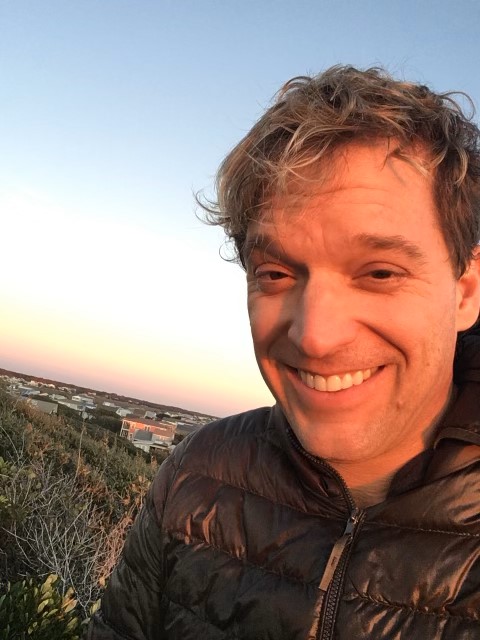
Loren received his BS in Chemistry and his MS in Mathematics from Stanford University in 1996 and went on to receive his PhD in Biochemistry from Duke University in 2003. From 2006-2018, he worked as a Group Leader for Howard Hughes Medical Institute (HHMI) at Janelia Research Campus in Ashburn, VA. He continued as a Senior Group Leader from 2018-2021, before he relocated to the University of California, San Diego (UCSD) as an Investigator for HHMI and Professor of Neurosciences at UCSD. In his lab he uses protein engineering to create tools for studying and manipulating the brain and other biological samples. Looger’s team combines computational and evolutionary methods to create new reagents for use in characterizing and manipulating the assembly and function of neural circuits. The team designs and tests these reagents – and other tools – in collaboration with other scientists. Their projects include creating sensors for calcium, neurotransmitters, and neuromodulators; optogenetic effectors; engineered viral capsids; probes for EM and immunolabeling; and recently, designed proteins and pathways for carbon capture and other environmental remediation. Ultimately, his goal is to enable better science in diverse fields and across the globe through collaboration and innovation.
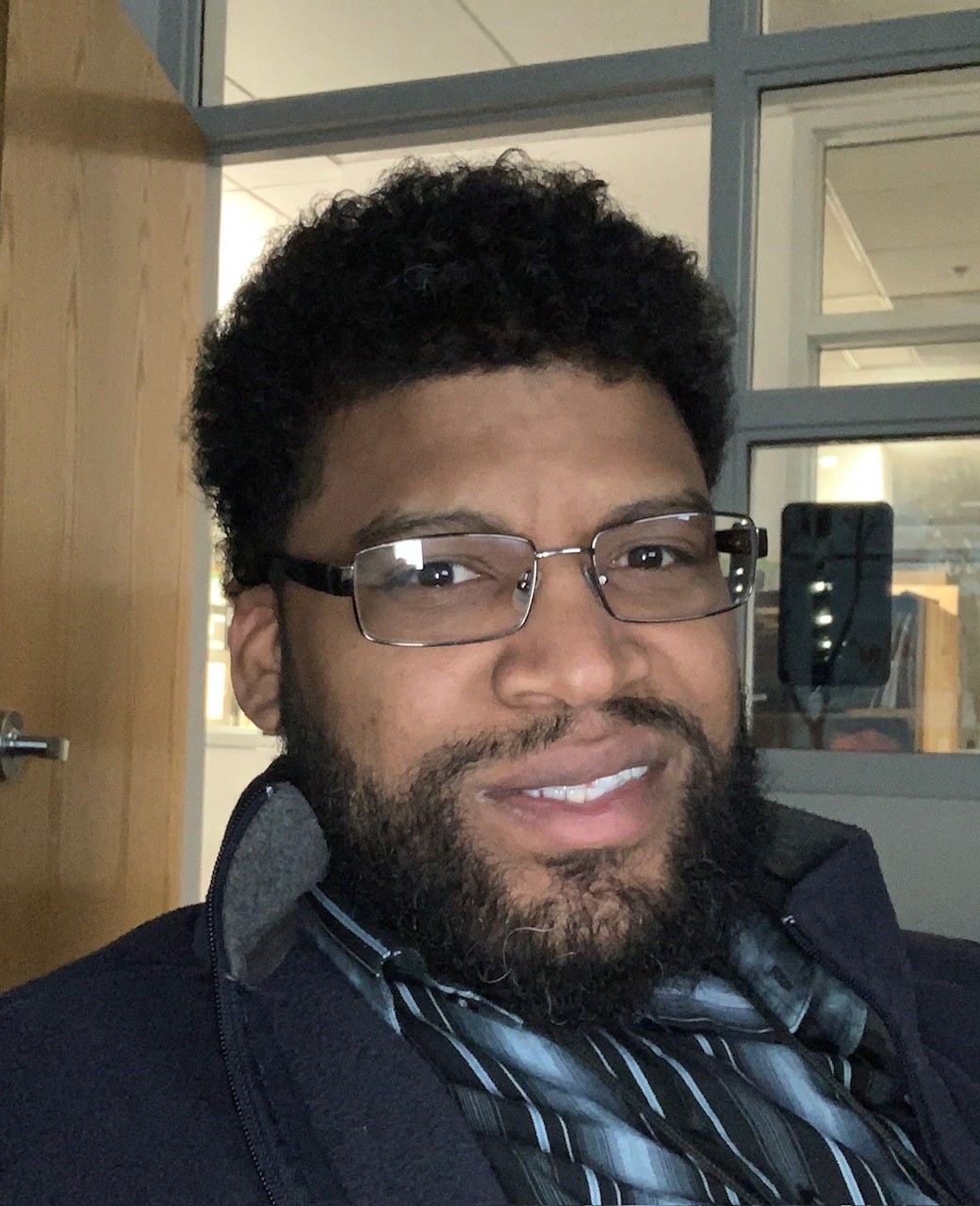
Andre received his BS in Microbiology from Clemson University in 2007. Before joining Dr. Looger’s neurosciences lab as Lab Manager, Andre was with the National Antimicrobial Resistance Monitoring System (NARMS) team at Centers for Disease Control and Prevention in Atlanta, GA for 15 years. With NARMS, Andre tracked antibiotic resistance and studied patterns of emerging resistance in select enteric bacteria transmitted commonly through food. Andre’s work has been used by a variety of stakeholders, including federal regulatory agencies, policymakers, consumer advocacy groups, industry and the public, helping guide public health prevention and policy efforts to protect people from resistant infections.
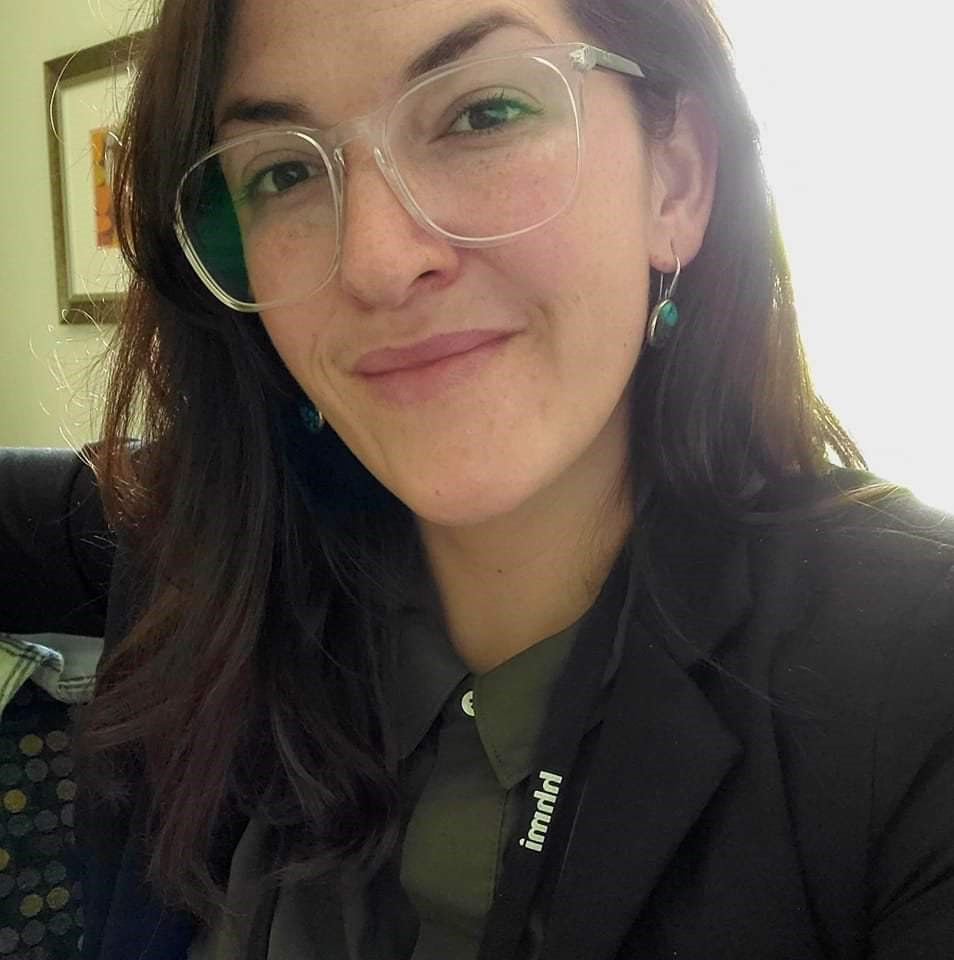
Courtney was born and raised in San Diego. She studied Nutrition and Kinesiology at San Diego Mesa College and received her BS in Public Health from San Diego State University. Most of her administrative background comes from the automotive industry. She spent some time working in a wet lab at Labcorp as a clinical laboratory accessioner. She went on to work in the manufacturing department at Thermo Fisher Scientific. She joined Looger Lab in February of 2022, where she provides administrative support.

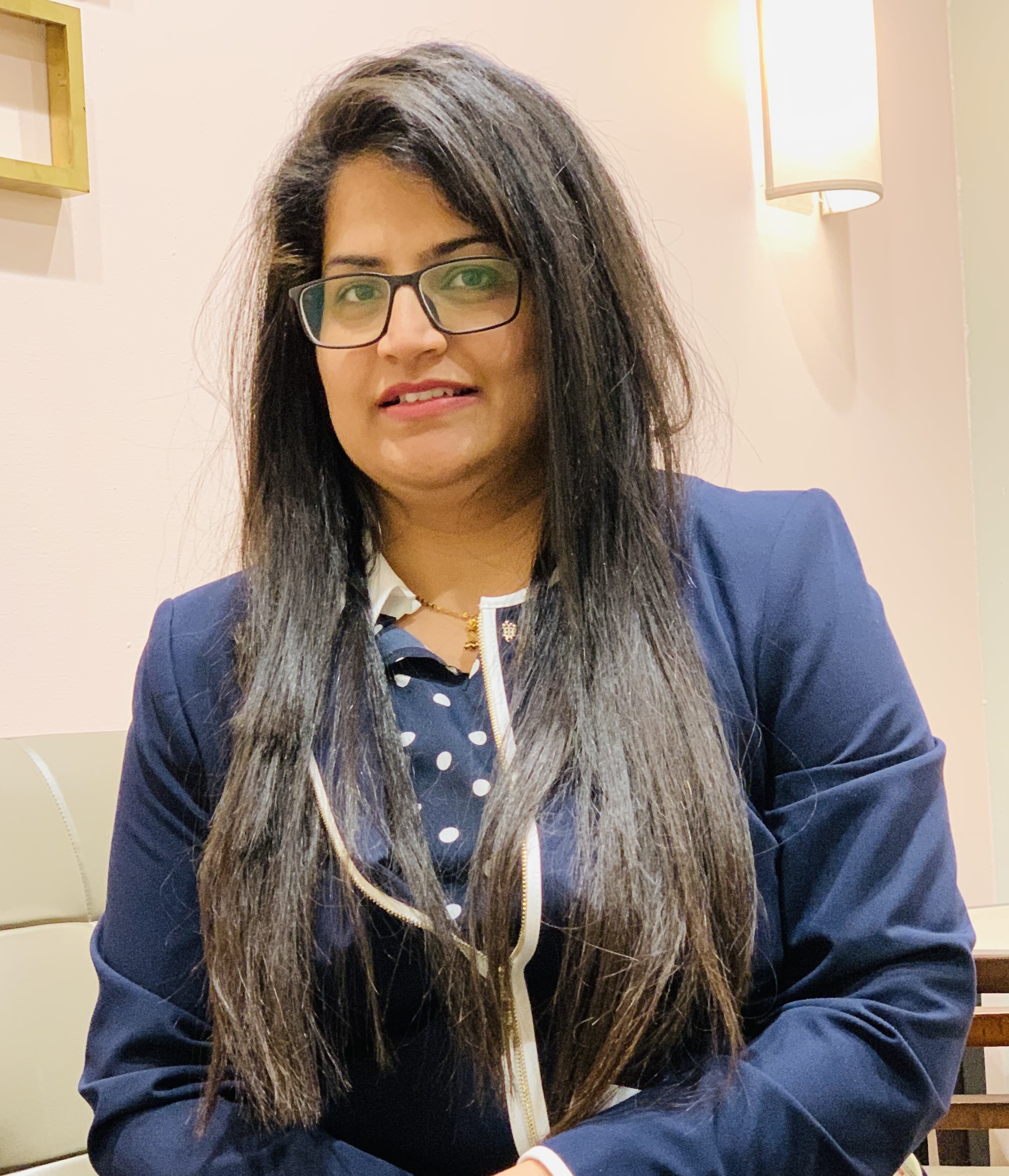
Dr. Neha Malhotra received her Ph.D in Molecular Biology and Biochemistry from the CSIR-Institute of Microbial Technology, India in the year 2017, where she studied Eukaryotic-type Ser/Thr Kinase mediated phosphorylation of cyclic-AMP regulating enzymes in Mycobacterium tuberculosis. Dr. Malhotra then joined the National Institutes of Health in 2018 for her Post-doctoral research with Dr. Clifton Earl Barry 3rd to identify cryptic natural products derived from environmental fungi having antibiotic potential against M.tuberculosis. During her post-doctoral work, she identified some interesting fungus derived natural products specifically produced upon co-cultivation mediated elicitation of cryptic/silent biosynthetic gene clusters having anti-tuberculosis activity. Dr. Malhotra then joined Prof. Loren Looger at the University of California, San Diego in 2024 as an Asst. Project Scientist to continue her research interest on identifying the novel microbial biosynthetic gene clusters responsible for producing metabolites having antibiotic potential. Microorganisms like bacteria and fungi possess tremendous ability to produce bioactive metabolites. However, there is still an immense potential that remains unexplored as the BGC remains silent/cryptic under normal laboratory conditions. Her research thus focusses on identifying ways different ways to activate these silent BGCs by employing genetic free and genetics-based methods. This work would help her to identify potential antibiotic candidates as well as to understand the mechanism of BGC activation.
Selected publications:
Malhotra N, Oh S, Goodwin M, Markowitz T, Lack J, Finin P, Boshoff H, Barry CE3 (2023). Co-cultivation induces elicitation of unique Fungus-derived Natural products that leads to thiol stress mediated killing of Mycobacterium tuberculosis (Manuscript soon to be submitted)
Boshoff HI, Malhotra N, Barry CE III, Oh S. The Antitubercular Activities of Natural Products with Fused-Nitrogen-Containing Heterocycles. Pharmaceuticals. 2024; 17(2):211. https://doi.org/10.3390/ph17020211
Malhotra N, Kumar P, Sethu R and Rohaun SK (2023). Emergence of Multi-drug Resistant Microbes: Bacteria, Fungi, Viruses. Frontiers in Antimicrobial Agents Vol. 2, Current Trends in the Identification and Development of Antimicrobial Agents. Bentham Science Publishers
Malhotra N, Karthikeyan S and Chakraborti PK (2017). Phosphorylation of mycobacterial phosphodiesterase by eukaryotic-type Ser/Thr kinase controls its two distinct and mutually exclusive functionalities. J. Biol. Chem. 292(42):17362-17374. doi: 10.1074/jbc.M117.784124
Malhotra N and Chakraborti PK (2016) Eukaryotic-Type Ser/Thr Protein Kinase Mediated Phosphorylation of Mycobacterial Phosphodiesterase Affects its Localization to the Cell Wall. Front. Microbiol. 7:123. doi: 10.3389/fmicb.2016.00123
Yadav GS, Ravala SK, Malhotra N, Chakraborti PK. (2016) Phosphorylation modulates catalytic activity of mycobacterial sirtuins. Front. Microbiol. 7:677. doi.org/10.3389/fmicb.2016.00677
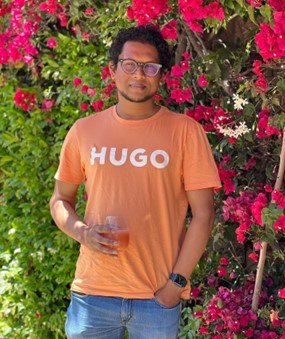
Kallol received his B. Sc. and M. Sc. in chemistry from University of Calcutta, India. He received his Ph.D. in organic chemistry from the Saha Institute of Nuclear Physics (SINP), India in 2016. During his training with Prof. Sudipta Maiti's group at the Tata Institute of Fundamental Research (TIFR), India, he developed a method for quantifying and visualizing some of the key neurotransmitters including serotonin and dopamine.
Kallol joined the Lester lab, Caltech as a postdoctoral fellow in October 2017. His work in the Lester lab focused on unraveling the mechanisms underlying the rapid antidepressant effects of the drug ketamine. He developed a family of genetically encoded biosensors that can dynamically reveal the presence of ketamine and its metabolites at the sub-cellular level.
In 2023, Kallol joined the Looger lab at UCSD as a senior research associate. His research at Looger has been concentrated on ketamine's potential as an antidepressant versus its neurotoxicity; finding new targets for ketamine and its analogs; designing and synthesizing next-generation rapidly acting antidepressant drugs (RAADs); and creating smart chemical and genetic tools to study neuropsychiatric disorders.
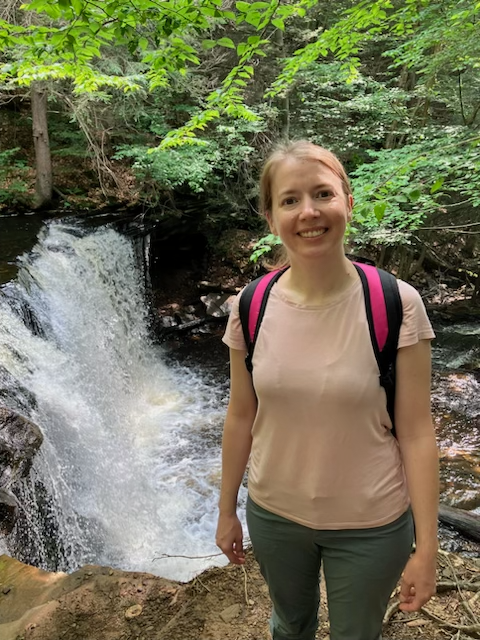
Dr. Jacqueline Morris received her Ph.D. in pharmacology from the University of Pennsylvania where she also performed her postdoctoral research. Dr. Morris is currently a Senior Research Associate in the Department of Neuroscience at the University of California, San Diego under Dr. Loren Looger. She currently focuses on development and implementation of genomics pipelines for various projects including generating an improved genome assembly and annotation of Trachemys scripta elegans, or the red eared slider turtle, in order to better understand how temperature regulates sex determination in this species; generating genome assemblies and annotations for various fungal species to identify underlying genomic variation associated with climate change driven thermotolerance; bacterial genome assembly and annotation of various species for the purposes of protein based sensor generation and to understand the role of the LoaP transcription antiterminator in the regulation of antimicrobial producing operons.
Selected publications
Matsumoto A, Morris J, Looger LL, Yonehara K. Diverse GABA signaling in the inner retina enables spatiotemporal coding. bioRxiv 2024.01.09.574952; doi: https://doi.org/10.1101/2024.01.09.574952
Kim HB, Lu Y, Oh SC, Morris J, Miyashiro K, Kim J, Eberwine J, Sul JY. Astrocyte ethanol exposure reveals persistent and defined calcium response subtypes and associated gene signatures. J Biol Chem. 2022 Aug;298(8):102147. doi: 10.1016/j.jbc.2022.102147. Epub 2022 Jun 16. PMID: 35716779; PMCID: PMC9293641.
Fazel-Najafabadi M, Rallabandi HR, Singh MK, Maiti GP, Morris J, Looger LL, Nath SK. Discovery and Functional Characterization of Two Regulatory Variants Underlying Lupus Susceptibility at 2p13.1. Genes (Basel). 2022 Jun 5;13(6):1016. doi: 10.3390/genes13061016. PMID: 35741778; PMCID: PMC9222795.
Kim HB, Morris J, Miyashiro K, Lehto T, Langel Ü, Eberwine J, Sul JY. Astrocytes promote ethanol-induced enhancement of intracellular Ca2+ signals through intercellular communication with neurons. iScience. 2021 Apr 17;24(5):102436. doi: 10.1016/j.isci.2021.102436. PMID: 33997707; PMCID: PMC8105650.
Morris J, Na YJ, Zhu H, Lee JH, Giang H, Ulyanova AV, Baltuch GH, Brem S, Chen HI, Kung DK, Lucas TH, O'Rourke DM, Wolf JA, Grady MS, Sul JY, Kim J, Eberwine J. Pervasive within-Mitochondrion Single-Nucleotide Variant Heteroplasmy as Revealed by Single-Mitochondrion Sequencing. Cell Rep. 2017 Dec 5;21(10):2706-2713. doi: 10.1016/j.celrep.2017.11.031. PMID: 29212019; PMCID: PMC5771502.
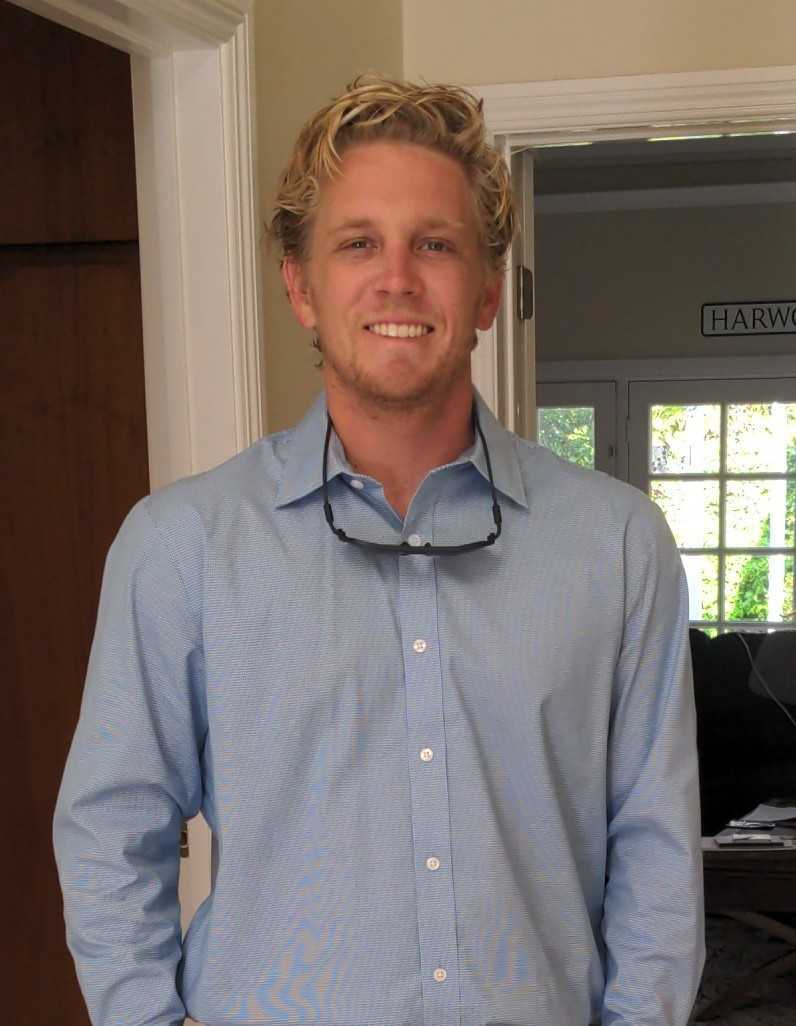
Ryan received his Bachelor’s degree, and Master’s degree, in Microbiology from San Diego State University. As an undergraduate, he studied microbial and bacteriophage interactions and ecology in coral reef ecosystems, and how pollution can affect those interactions. His work on biofilms and their influence on coral larval settlement helped inform current projects aimed at restoring degraded coral reefs. As a graduate student, his studies focused on developing genetic tools to study bacteriophage-host interactions to design effective novel bacteriophage therapies. These studies contributed to two successful therapies and continue to be used today. Ryan joined Looger Lab in June 2024 as a Research Technician.
Selected Publication
Bradley, John S. MD*; Hajama, Hamza BS†; Akong, Kathryn MD‡; Jordan, Mary MSN, RN§; Stout, Dayna BA§; Rowe, Ryan S. MS†; Conrad, Douglas J. MD¶; Hingtgen, Sara MSN, RN§; Segall, Anca M. PhD†. Bacteriophage Therapy of Multidrug-resistant Achromobacter in an 11-Year-old Boy With Cystic Fibrosis Assessed by Metagenome Analysis. The Pediatric Infectious Disease Journal 42(9):p 754-759, September 2023. | DOI: 10.1097/INF.0000000000004000
https://journals.lww.com/pidj/fulltext/2023/09000/bacteriophage_therapy_of_multidrug_resistant.6.aspx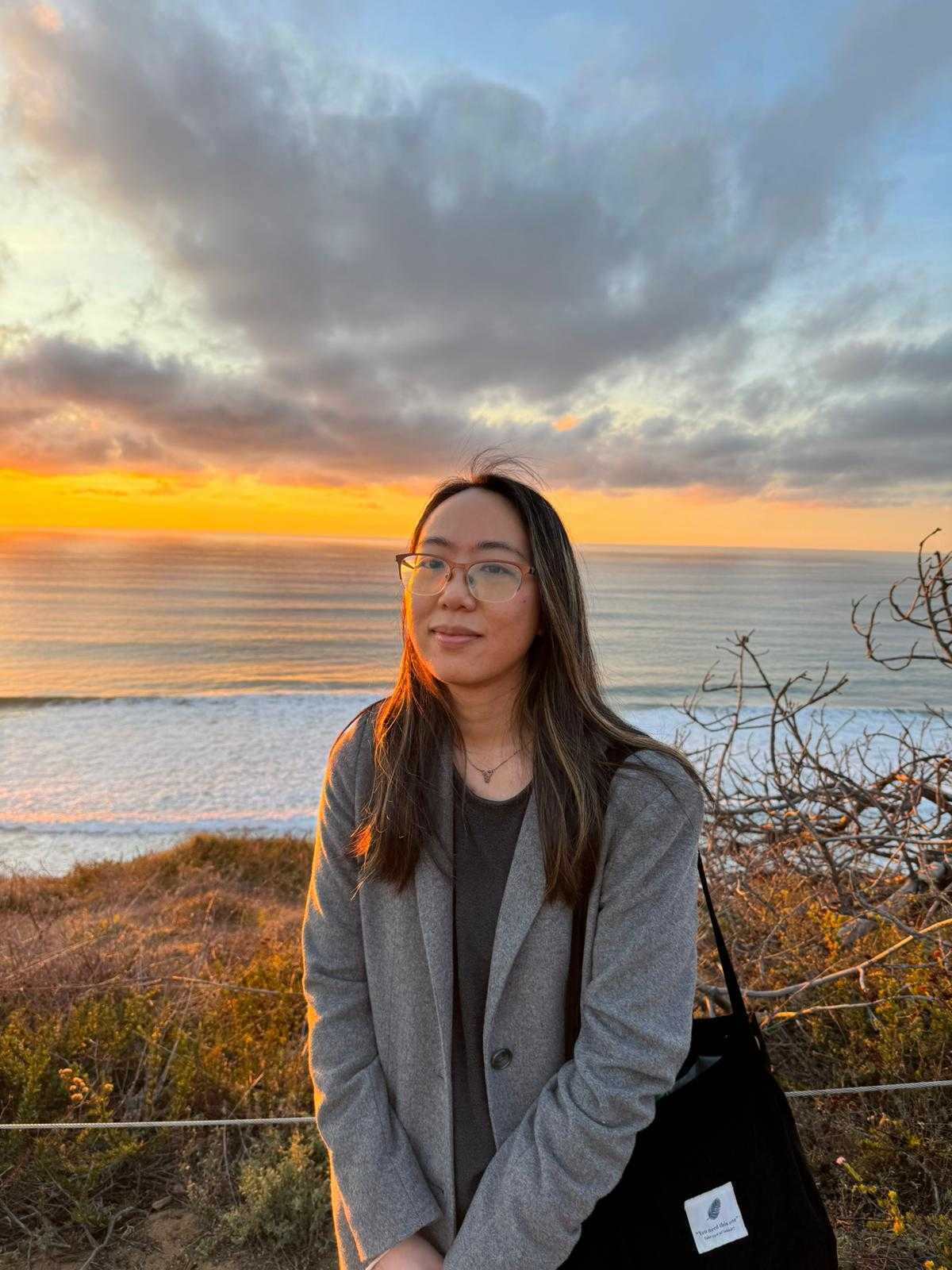
Born and raised in New York City, Dr. Joyce Chan started her first research project as a high school freshman studying Drosophila. Since then, she explored various projects and model organisms, including rocks, Brazilian frogs, Drosophila (again, but this time for her undergraduate research thesis), and finally the nematode C. elegans. She obtained her PhD from CUNY City College of New York (CCNY), focusing on C. elegans glutamatergic circuits and studying the combined role of perfusion and glutamate transporters in clearance of synaptic glutamate signals. She has also taught and facilitated courses at CCNY and the CUNY School of Medicine, in addition to serving as a CCNY Women in Science mentor (and eventually Director of Mentoring) for over 5 years. Since joining Dr. Loren Looger's team in early 2022, Joyce continually seeks to explore the needs and remaining questions of those studying the compact nematode system. She is currently testing tools to manipulate C. elegans electrical signaling, detect neuronal inhibition, and optimize existing SnFRs for use in the nematode system, among other things. Outside of the lab, Joyce explores ways to make academic spaces safer and research experiences more accessible to everyone. And outside of that, Joyce enjoys the company of cats, talking about kendo (within reason), traveling (in theory), (food) culture, and is currently trying to learn how to speak Cantonese.
Selected publications:
Chan J, Lee L, Wong J, and Mano I. (2019). Novel Strategies for Glutamate Clearance in the Glia-Deprived Synaptic Hub of C. elegans. Manuscript in revision for publication in The Journal of Neuroscience, currently on BioRxiv. doi: https://doi.org/10.1101/645812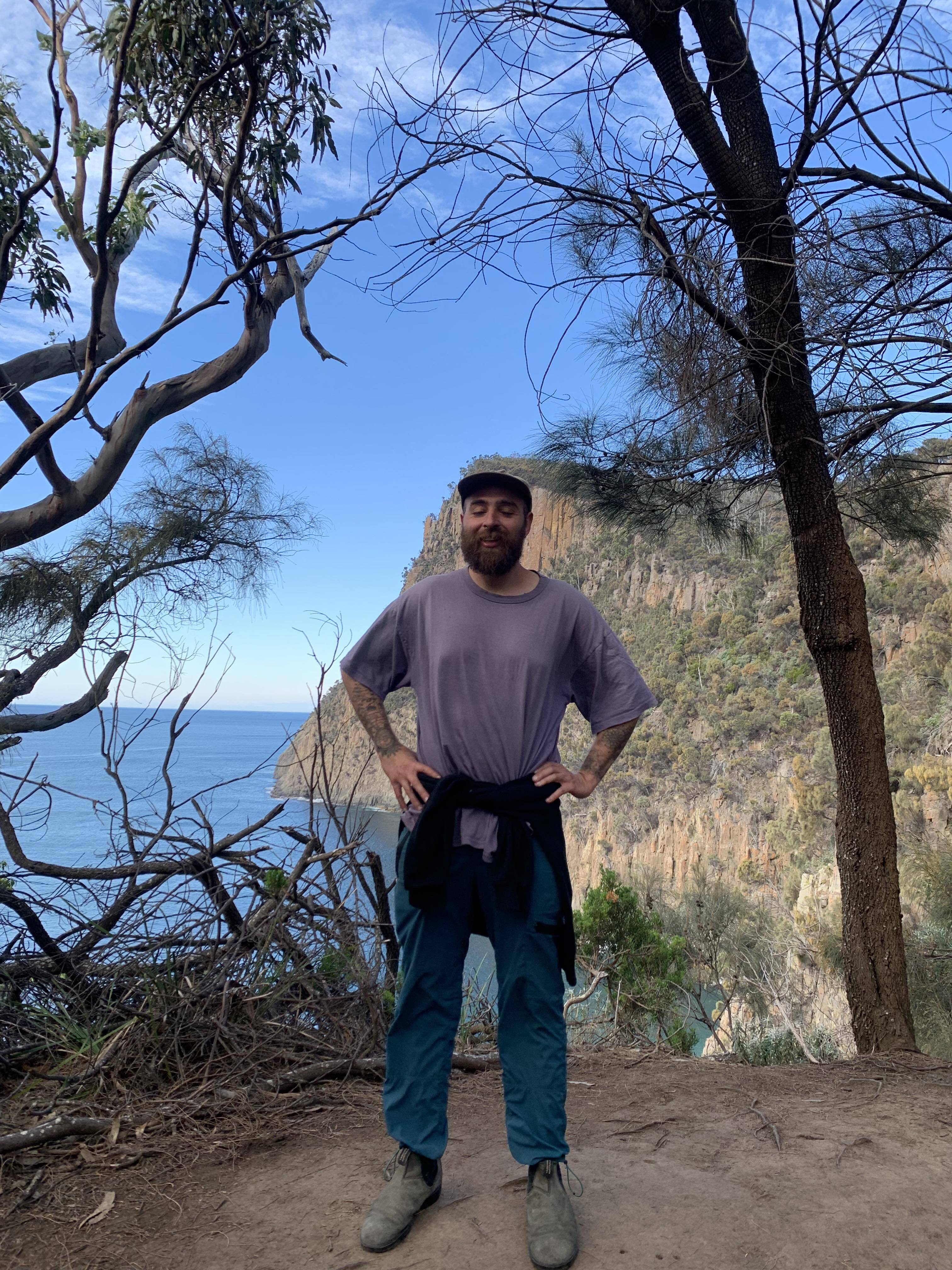
Dr. Joseph Benetatos received his Ph.D in Neurobiology from The University of Queensland in Brisbane, Australia in 2020. Joey then joined the lab of Prof. Ernest Fraenkel in the Dept. of Biological Engineering at MIT from 2020-2022, working alongside computational biologists to integrate multi-omics into biological discovery. In 2022 Joey joined the Looger lab at UCSD to study psychedelic drugs. Joey’s research asks the question, “can psychedelic drugs covalently modify proteins?”
Selected publications:
Benetatos J, Bennett RE, Evans HT, Ellis SA, Hyman BT, Bodea LG, and Götz J. PTEN Activation Contributes to Neuronal and Synaptic Engulfment by Microglia in Tauopathy. Acta Neuropathologica. 2020
https://pubmed.ncbi.nlm.nih.gov/32236736/
Evans HT, Benetatos J, Roijen M, Bodea LG, and Götz J. Decreased synthesis of ribosomal proteins in tauopathy revealed by non-canonical amino acid labelling. EMBO J. 2019
https://pubmed.ncbi.nlm.nih.gov/31268600/
Cameron LP, Benetatos J, Lewis V, Bonniwell EM, Jaster AM, Moliner R, Castrén E, McCorvy JD, Palner M, Aguilar-Valles A. Beyond the 5-HT2A Receptor: Classic and Nonclassic Targets in Psychedelic Drug Action. J Neurosci. 2023
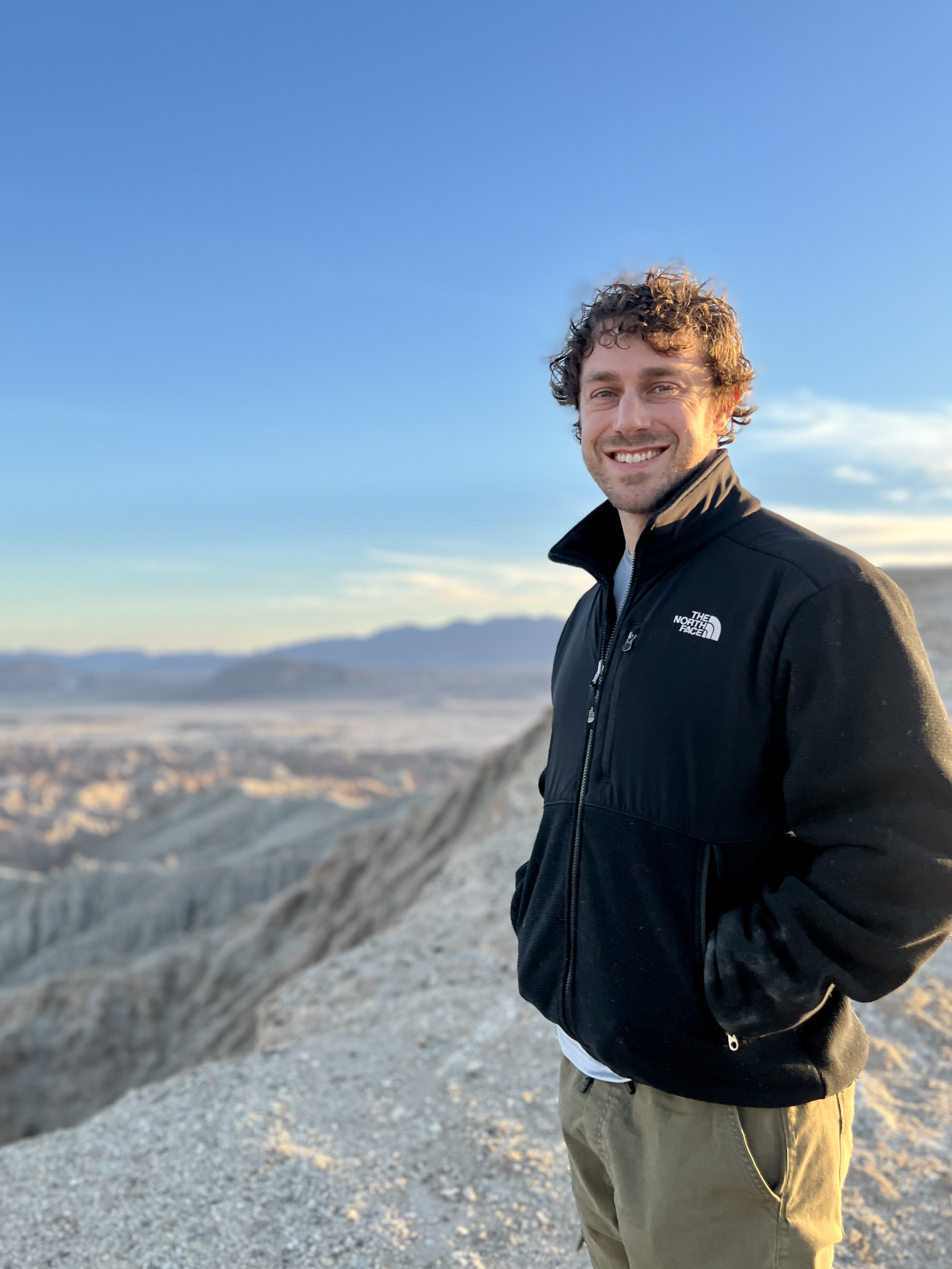
Dr. Ben Campbell received his Health Sciences B.S. from UC Santa Cruz and then worked in Rusty Gage’s lab at the Salk Institute, where he studied Parkinson’s disease by reprogramming tissue from human patients into pluripotent stem cells and dopaminergic neurons. While a graduate student at Weill Cornell Medicine, Ben worked in the lab of biochemist & crystallographer Greg Petsko and studied protein engineering. There he designed oxidative stress biosensors and engineered bright and thermodynamically stable fluorescent protein reporters that are seeing widespread use, including mGreenLantern (mGL) and hyperfolder YFP (hfYFP). After finishing his Neuroscience Ph.D., Ben took a Senior Scientist position at MeiraGTx, a gene therapy company in Manhattan, where he conducted the preclinical development of AAV gene therapy vectors for amyotrophic lateral sclerosis (ALS) that are now headed to human clinical trials. Ben moved to San Diego in 2022 with his wife, Dr. Melissa Campbell, joining the Neurosciences department at UCSD together as Postdoctoral Scholar and Assistant Professor.
As a postdoc in Loren Looger’s lab, Ben is engineering a palette of fluorescent protein biosensors that report oxidative stress in real-time with high contrast, quantifiable fluorescence changes. He has produced novel spectral variants that are tuned for optimal performance in a variety of subcellular environments, thereby enabling real-time, multicolor, and multi-organelle redox imaging in human cells and other organisms. Ben is working with collaborators across disciplines and is interested in the roles of redox signaling in neurodegeneration, psychiatric disorders, psychoactive drug function, and neuroimmune signal transduction. He works closely with Melissa’s lab as they use the sensors to study how in utero exposure to commonly used pesticides induces oxidative stress processes that can precipitate neurodevelopmental disorders including autism and seizures.
Ben is an avid organic gardener and hiker. He loves his kids and cats and is often found playing tennis, listening to classical music and dubstep, watching hummingbirds, and relaxing around plants.
Selected publications:
Campbell B.C., Paez-Segala M.G., Looger L.L., Petsko G.A., Liu C.F. (2022). Chemically stable fluorescent proteins for advanced microscopy. Nature Methods. PMID: 36344833. Published with an accompanying Research Briefing, PMID 36344835.
Campbell B.C., Nabel E.M., Murdock M.H., Lao-Peregrin C., Tsoulfas P., Blackmore M.G., Lee F.S., Liston C., Morishita H., Petsko G.A. (2020). mGreenLantern: a bright monomeric fluorescent protein with rapid expression and cell filling properties for neuronal imaging. PNAS. PMID: 33208539.
Campbell B.C., Petsko G.A., and Liu C.F. (2017). Crystal Structure of Green Fluorescent Protein Clover and Design of Clover-Based Redox Sensors. Structure. PMID: 29307487.
Mertens J., Paquloa A.C.M., Ku M., Hatch, E., Bohnke L., Ladjevardi S., McGrath S., Campbell B., Lee H., Herdy J.R., Goncalves J.T., Toda T., Kim Y., Winkler J., Yao J., Hetzer M.W., Gage F.H. (2015). Directly reprogrammed human neurons retain aging-associated transcriptomic signatures and reveal age-related nucleocytoplasmic defects. Cell Stem Cell. PMID: 26456686.
Boyer L.F., Campbell B., Larkin S., Gage F.H. (2012). Dopaminergic differentiation of human pluripotent stem cells. Curr. Protoc. Stem Cell Biol. PMID: 22872424.
ORCiD: 0000-0001-8041-5561
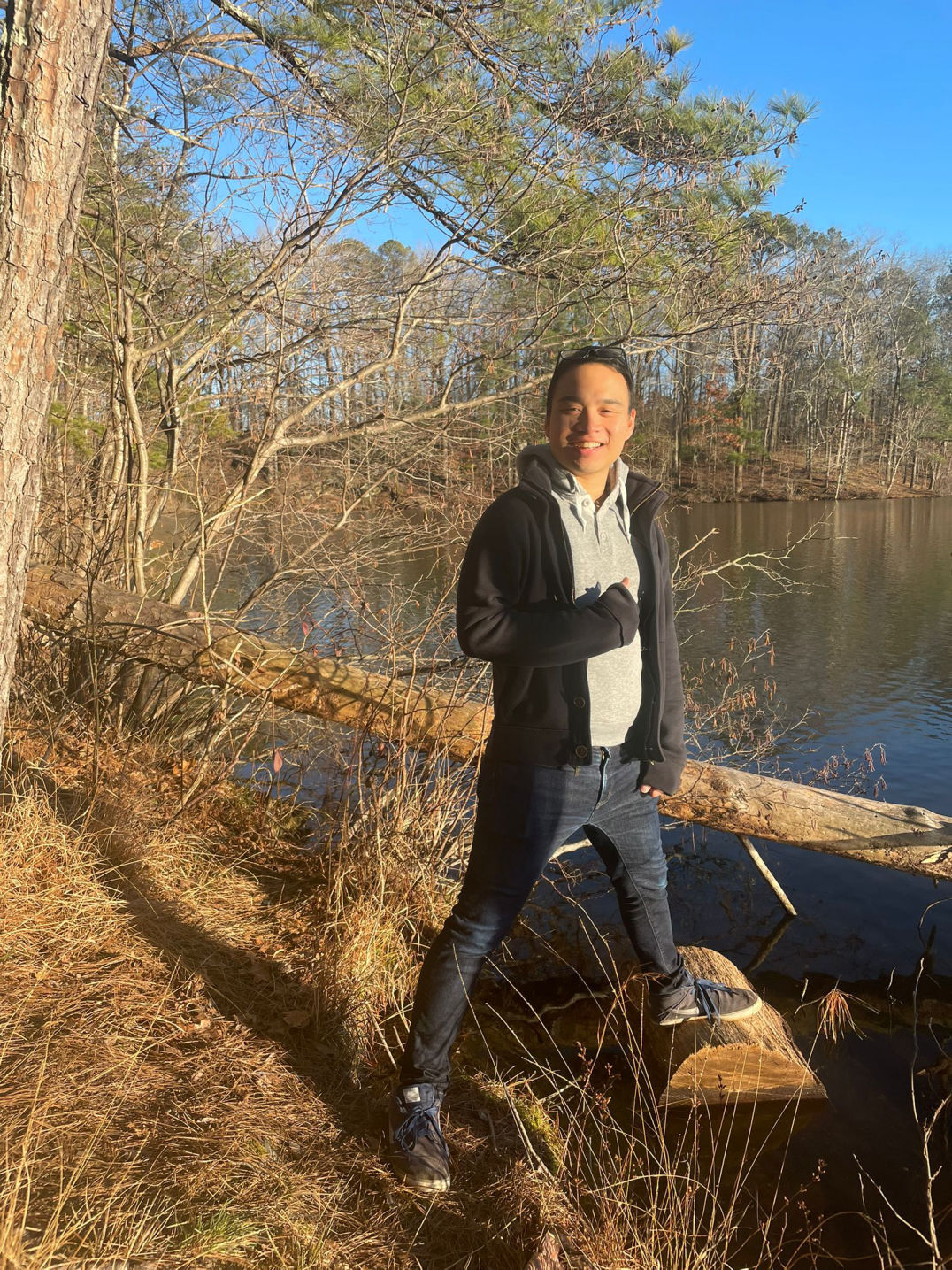
Dr. Ryo Tamura received his B.S. and M.S in Pharmaceutical Sciences from the University of Tokyo and Ph.D. in Cellular Biology from the University of Georgia. He is currently a postdoctoral scholar in the Department of Neurosciences at UCSD. His main interest is in developing genetic tools and molecular probes to address biological and pathological mechanisms of diseases by integrating computational modeling and biochemical methods.
Selected publications:
Tamura R and Kamiyama D. “CRISPR-Cas9-mediated knock-in approach to insert the GFP11 tag into the genome of a human cell line” Methods in Molecular Biology (2023)
Murakami K, Tamura R, Ikehara S, Ota H, Ichimiya T, Matsumoto N, Matsubara H, Nishihara S, Ikehara Y, and Yamamoto K. “Construction of mouse cochlin mutants with different GAG-binding specificities and their use for immunostaining” Biochemical Journal (2023)
Honda T, Kawasaki N, Yanagihara R, Tamura R, Murakami K, Furusawa Y, Ichimiya T, Matsumoto N, Nishihara S, and Yamamoto K. “Involvement of cochlin binding to N-sulfated heparan sulfate/heparin in the pathophysiology of autosomal dominant late-onset hearing loss (DFNA9)” PLOS ONE (2022)
Kamiyama R, Banzai K, Liu P, Marar A, Tamura R, Jiang F, Fitch MA, Xie J, and Kamiyama D. “Cell-type-specific, multi-color labeling of endogenous proteins with split fluorescent protein tags in Drosophila” PNAS (2021)
Tamura R, Jiang F, Xie J, and Kamiyama D “Multiplexed labeling of cellular proteins with split fluorescent protein tags” Communications Biology (2021)
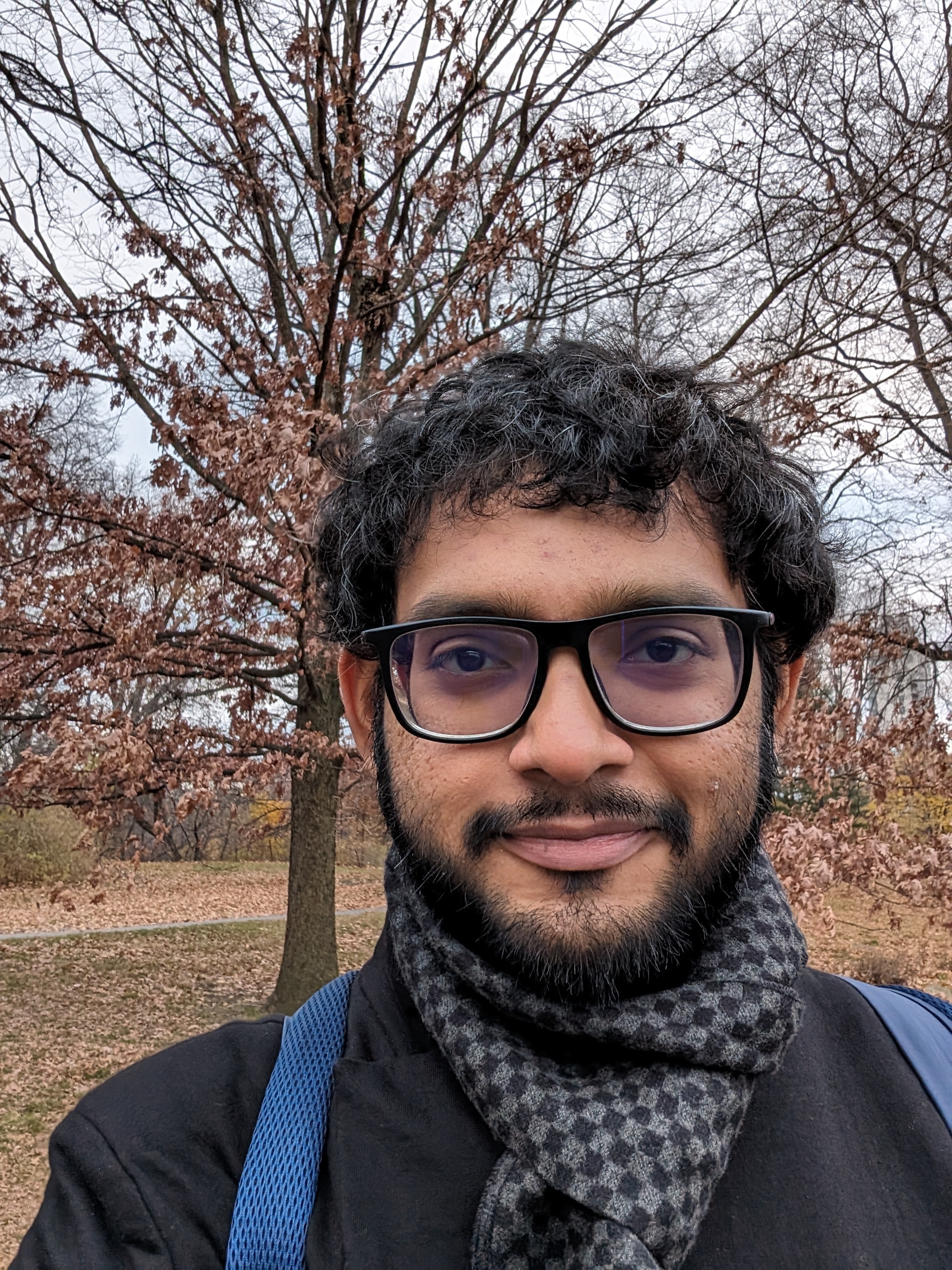
Dr. Aalok Varma obtained his bachelor’s degree in biotechnology from Manipal University, Manipal, India and received his PhD from the National Centre for Biological Sciences (NCBS-TIFR), Bangalore, India. For his graduate research, he explored what bistability in individual Purkinje neurons means for the ensemble of neurons in the cerebellum, using larval zebrafish as the model system. As a post-doctoral fellow in the Looger lab, he is broadly interested in understanding how life is impacted by and adapting to climate change. For this, he is working on different experimental systems spanning the domains of life (fungi and animals). Besides academic research, Dr. Varma tries to advocate for systemic change in academia to make it more transparent and equitable. He was a member of eLife’s Early Career Advisory Group (ECAG) from 2021-23.
In his free time, he enjoys reading fiction, swimming, playing tennis and watching a lot of TV shows.
Selected publications
Varma A, Udupa S, Sengupta M, Ghosh P, Thirumalai V (2022) A machine-learning tool to identify bistable state from calcium imaging data bioRxiv preprint (doi: https://doi.org/10.1101/2022.11.10.515941)
Varma A (2022), Peer Review: Feeling like a ‘real’ scientist. eLife (https://doi.org/10.7554/eLife.77719)
Kent. BA, Holman C, …, Varma A, ..., Weissgerber T (2022) Recommendations for empowering early career researchers to improve research culture and practice. PLoS Biology (doi: https://doi.org/10.1371/journal.pbio.3001680 OSF preprint doi: 10.31219/osf.io/p5evw)
Jambor H, Antonietti A, …, Varma A, …, Weissgerber T (2021) Creating clear and informative image-based figures for scientific publications. PLoS Biology (doi: https://doi.org/10.1371/journal.pbio.3001161)
Narayanan S, Varma A, Thirumalai V (2021) Adaptable internal representations drive cerebellum-mediated predictive control of an innate behavior. bioRxiv preprint (doi: https://doi.org/10.1101/2021.04.28.441782)

Dr. Nadim Hossain completed his undergraduate studies in biochemistry and molecular biology at the University of Rajshahi, Bangladesh. After that, he went to Osaka University, Japan, to earn a Masters's and PhD in the department of Advanced Science and biotechnology under Prof. Takeharu Nagai's supervision. He worked on protein engineering at the Nagai lab and made genetically encoded bioluminescent indicators (GEIs) for Ca2+, Mg2+, Cu2+, vascular endothelial growth factor (VEGF), and sensors to check the hardness of water. As a postdoctoral researcher, he joined the Looger lab at the University of California, San Diego (UCSD) on September 1, 2022. Currently, he is working on developing and improving a new group of genetically encoded indicators for neuromodulators, such as neuropeptides like bradykinin, and developing a set of sensors for the inhibitory neurotransmitter GABA and N-acetylaspartylglutamic (NAAG). He is also doing collaborative work to elucidate the molecular target and toxicity mechanisms of the drug ketamine, which is ubiquitously used for anesthesia during medical procedures and finds significant usage for pain management and the treatment of intractable depression. By developing novel biosensors, he is aiming to contribute to the development of more effective treatments for neurodegenerative and psychological disorders by enabling precise monitoring and understanding of neural activities.
Selected publications:
Hossain N, Suzuki K, Iwano M, Matsuda T, Nagai T. Bioluminescent Low-Affinity Ca2+ Indicator for ER with Multicolor Calcium Imaging in Single Living Cells, ACS Chem. Biol. (2018)., 13: 1862–1871
Farhana I, Hossain N, Suzuki K, Matsuda T, Nagai T. Genetically Encoded Fluorescence/Bioluminescence Bimodal Indicators for Ca2+ Imaging, ACS Sensors 2019, 4 (7), 1825-183
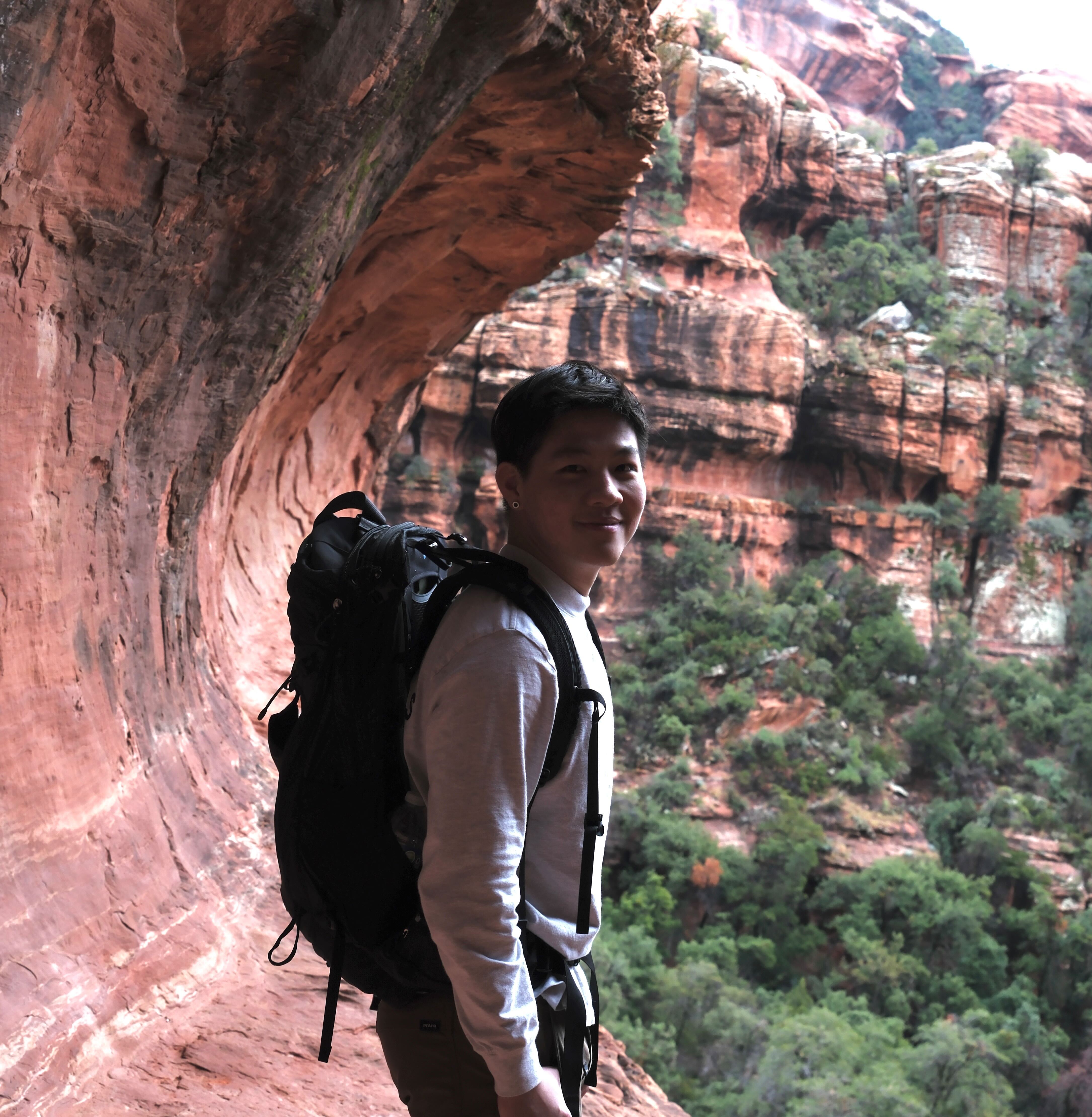
Xavier completed the BS/MS program at the University of California, San Diego (UCSD), in the laboratory of Dr. Loren Looger. His research primarily centered around the optimization of genetically encoded fluorescent sensors. Currently, Xavier is a research assistant collaborating with Dr. Ben Campbell on the development of probes for ER redox sensing. Additionally, he is also working on identifying a more dopaminergic cell line. Xavier hopes that his work will eventually contribute to tools that can address difficult questions related to neurodegenerative disorders such as Parkinson's disease.
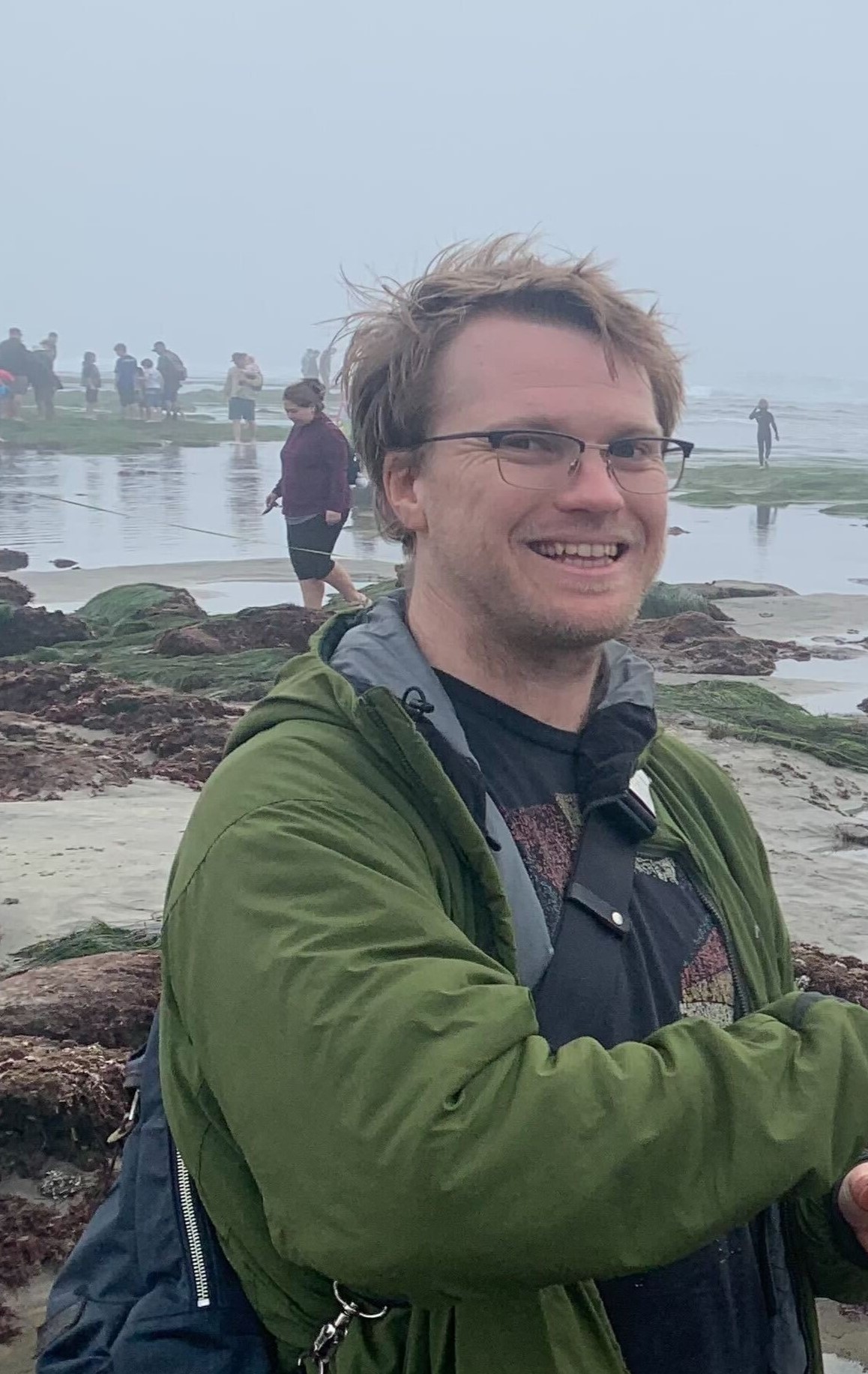
Peter received his bachelor’s degree in philosophy from the University of California, Santa Cruz in 2007. Over the next decade, Peter pursued his philosophical and scientific interests which eventually led him to the lab of Dr. Eiman Abdel-azim at the Salk Institute for Biological Studies in 2017. Peter was acquainted with Neuroscience in the context of studying spinal cord circuits that governed complex, reaching behaviors in mice. Now a Looger Lab graduate student in the Neurosciences Graduate Program at UCSD, he is exploring the potential anti-inflammatory properties of psilocybin (the active, psychedelic compound in ‘magic mushrooms’). Working with mice, Peter hopes to identify and characterize the system(s) responsible for the anti-inflammatory action of psilocybin, with particular focus in the central nervous system. Outside of this project, he is broadly interested in the biological basis of neuropsychiatric and autoimmune conditions and glial biology.
Selected Publications
Graziana Gatto, Steeve Bourane, Xiangyu Ren, Stefania Di Costanzo, Peter K. Fenton, Priyabrata Halder, Rebecca P. Seal, Martyn D. Goulding. “A Functional Topographic Map for Spinal Sensorimotor Reflexes.” Neuron 109(1): 91-104.e105.
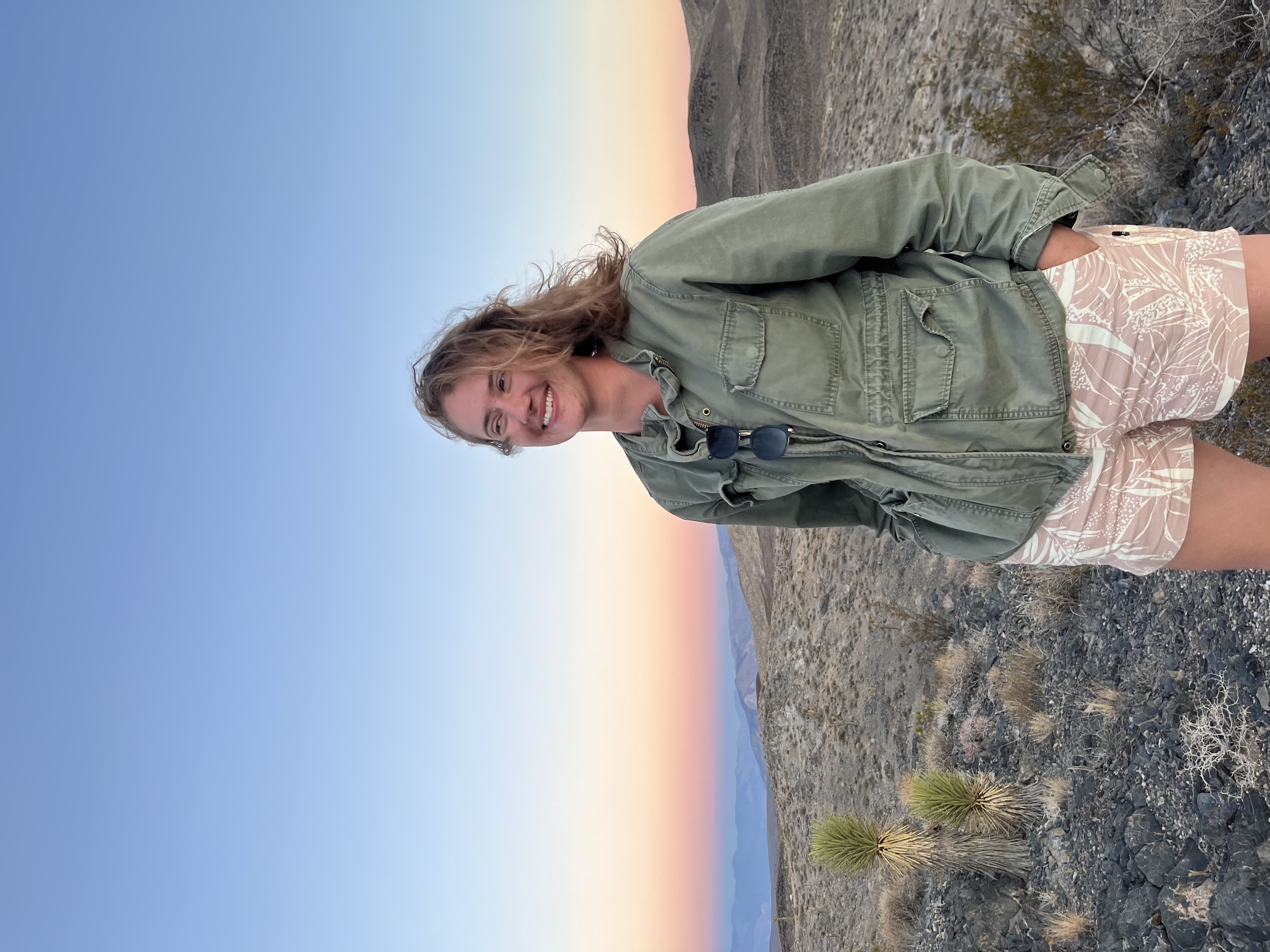
Laura Beebe is a Ph.D. student at the UCSD School of Biological Sciences. Hailing from Pennsylvania, they received their B.Sc. in Biochemistry and Molecular Biology from Penn State University. In the Looger lab, Laura is applying molecular techniques to study the nervous and immune systems. By visualizing dynamic processes through biochemical labeling and imaging approaches, Laura aims to better understand the downstream effects of structural and genetic perturbations in diverse cell types. In particular, Laura is characterizing molecular tools useful to neuroscientists, including G-protein coupled receptor (GPCR) based sensors. In immune cells, Laura is developing screening techniques to quantify the effects of disease-associated mutations on cell biology. Beyond single cells, Laura also uses the C. elegans model system to characterize molecular tools within intact neural circuits.
